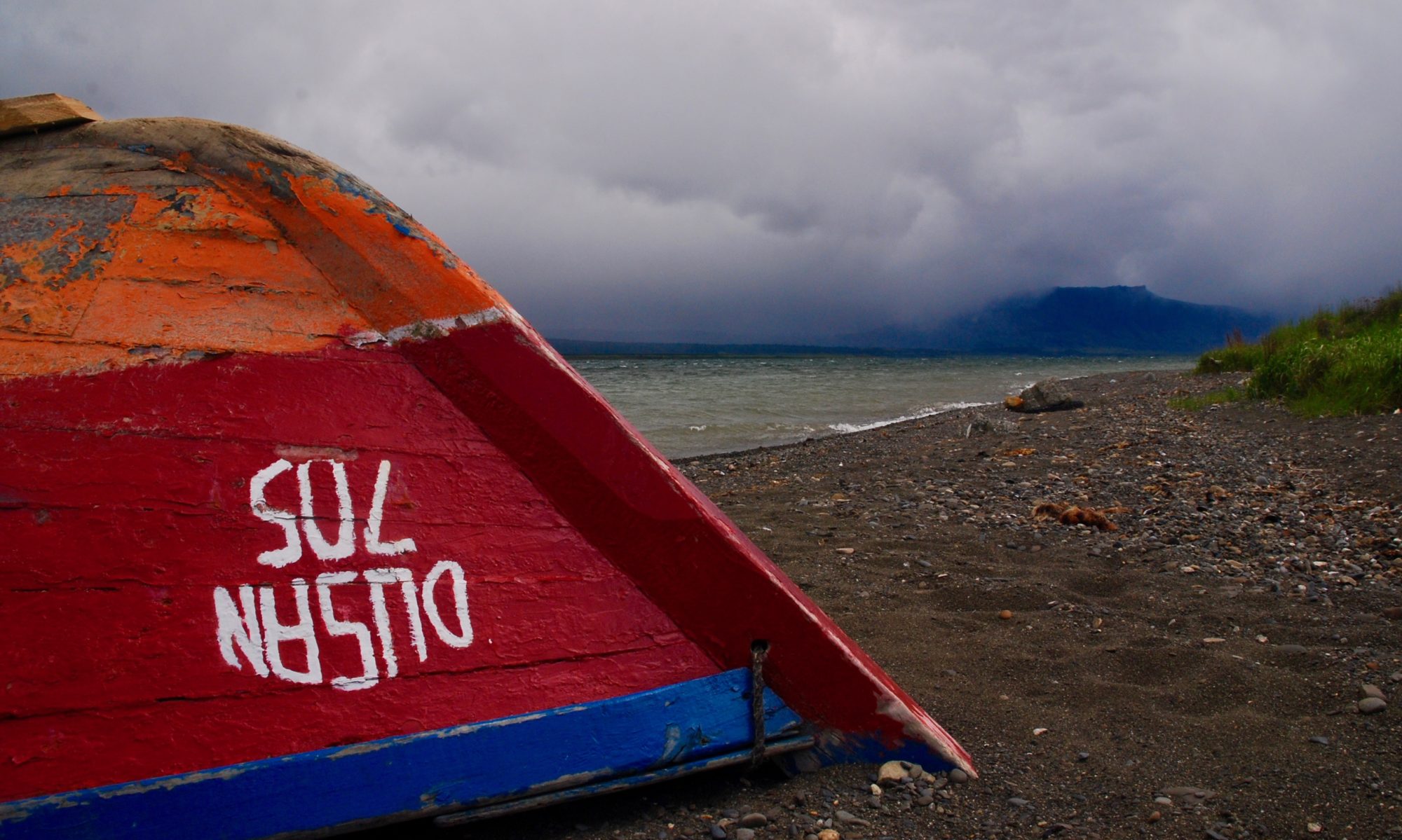I have finally my Home Server built, it has its first storage hard drive and I upgraded the memory to something decent. Time to install the operating system.
I am not yet fully decided which operating system to implement on my Home Server, I would love ZFS as a file system for managing my storage, but I would still want to use Linux and not make the full switch to BSD. I decided to go for Fedora as the main OS, and install BSD in a virtual machine and see how this setup performs.
I had tried for a few month Fedora 17 in a virtual machine, I liked it, although I prefer the Debian package manager over yum, but this is really based on my own feelings and not on technical grounds.
So let’s go and install Fedora 18 (just released) on my server.
Network installation
I quickly downloaded and copied on my USB stick the Fedora BFO to install it from the network. The documentation is scarce and I am not sure if I have done it right, but it seems that BFO is not compatible with the network card on the HP Proliant MicroServer N40L, I did not pass the step when BFO gets an IP address from my network DHCP!!!
Failed!
ISO installation
I did not want a desktop LiveCD, so I went for the DVD iso. I am not sure if it can be used from a USB stick, but I wanted to give it a try. First problem, my 4GB USB stick cannot hold the 4.5GB ISO! Second problem, my wife’s 32GB USB stick died while copying the ISO to it…
I decided to undust our DVD USB writer and burn the ISO! CD/DVD… That was a long time I hadn’t seen one! And while waiting for the burning process to complete I decided one crazy thing: upgrading my Fedora 17 virtual machine to Fedora 18 using FedUp.
Fedora 17 Upgrade
I tried the network upgrade first, with FedUp installed it was quite easy to launch. However, with about 10-30kB/s (probably due to the high number of people upgrading or downloading the just released version) of download speed, I decided to cancel the network upgrade and go for the ISO/device upgrade.
First I tried the device upgrade, I mounted the ISO as a CD drive in VirtualBox and proceeded. I rebooted was greeted by Grub with a new entry about the upgrade, but then it did not go any further…
So I rebooted and copied the ISO on my /home partition, the only one with enough space to hold the ISO file. I proceeded with FedUp and rebooted. The upgrade then seemed to start but failed however it did change a few things and now my VM displays Fedora 18 but it does not boot and the recovery mode fails too as the root filesystem is not mounted.
Note: after this failure, I did not go ahead with my installation via DVD. See the conclusion.
Conclusion
This experience did not gave me a strong confidence in the upgrade/installation process of Fedora 18. A new installer is nice, but I prefer one that work. I am now reconsidering my possibilities, and Ubuntu 12.04 LTS looks really interesting, as I don’t want to wait for Fedora 19! I will not have time to play with my server for the next two weeks, so I will leave that thought mature in my head. And by that time, Ubuntu 12.04.2 might be out and stable.

